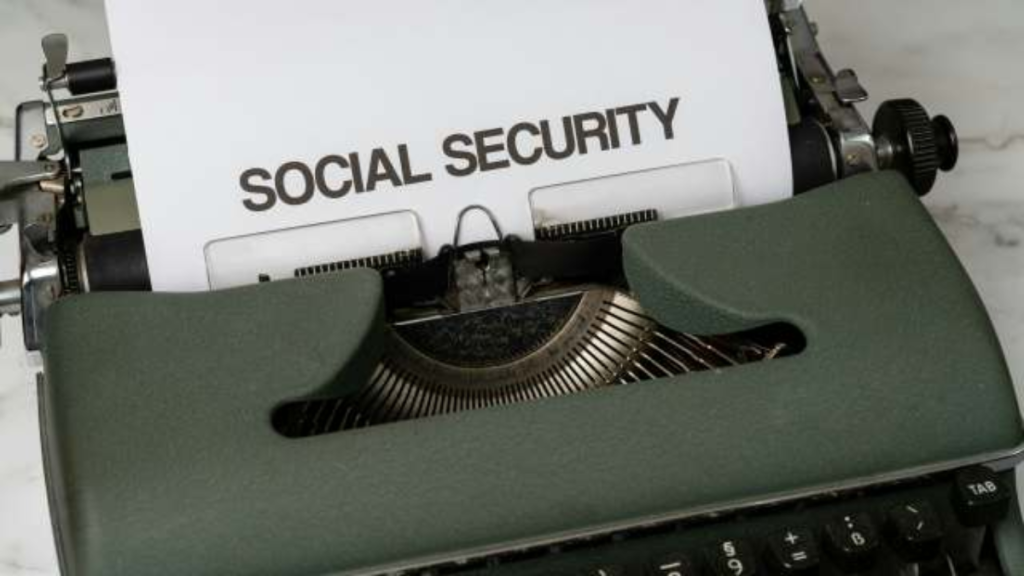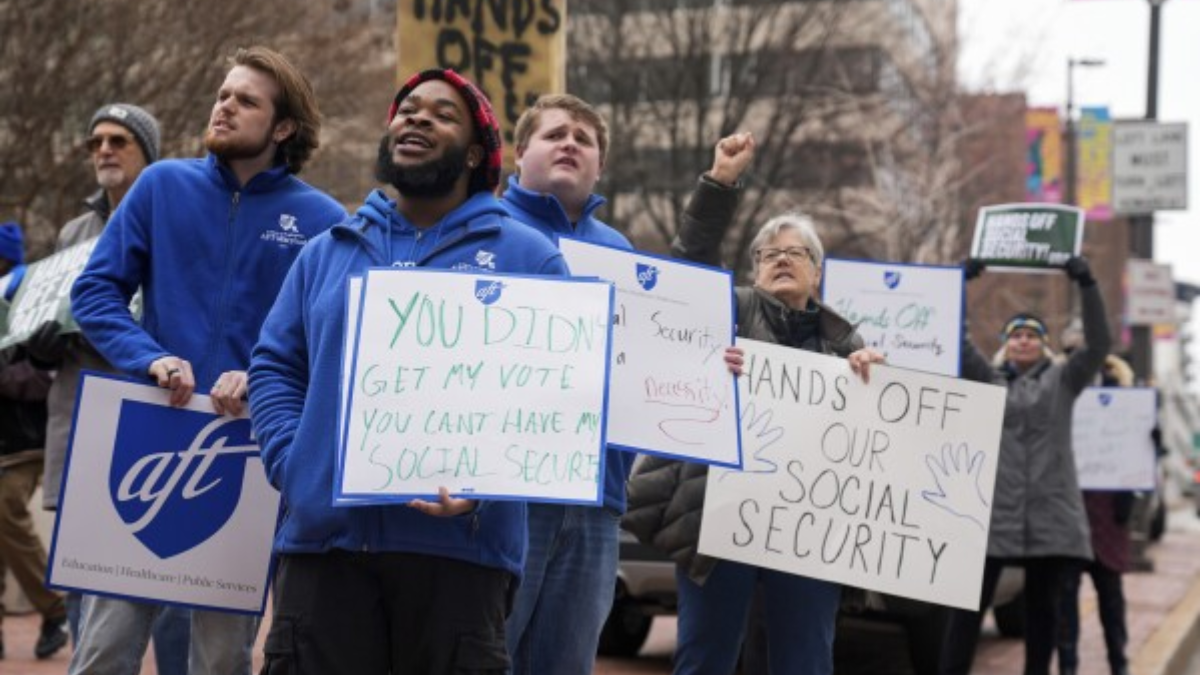WASHINGTON, D.C. — Starting this week, millions of Americans applying for Social Security benefits could face serious disruptions under a new rule requiring in-person identity verification.
The change, which took effect on April 14, 2025, marks a significant departure from the online verification system previously used for retirement, survivor, and spousal benefit applications.
The Social Security Administration (SSA) says the rule is intended to reduce identity fraud and protect program integrity.
But critics warn that the sudden switch to mandatory in-person verification will disproportionately impact older adults, disabled individuals, and residents in rural or underserved areas — many of whom may now be at risk of losing access to critical benefits.
What Changed?
Under the new policy, applicants for retirement, survivor, or spousal benefits who cannot complete the SSA’s online identity verification must now visit a local Social Security office to prove their identity.
Previously, applicants could verify their identity through online portals or telephone interviews, a system that made the process more accessible — especially during the COVID-19 pandemic.
SSA officials say this move is in response to rising concerns about fraud. A 2023 report from the agency’s Office of the Inspector General (OIG) noted an increase in improper payments, including cases where benefits were sent to deceased or ineligible individuals.
The agency argues that requiring in-person verification will help ensure benefits are only awarded to those who are eligible.
Who’s Affected?
The new rule applies to a wide range of individuals, including:
- Retirees applying for Social Security for the first time.
- Widows, widowers, and surviving dependents filing for survivor benefits.
- Spouses and dependent children seeking auxiliary benefits.
According to the Center on Budget and Policy Priorities, nearly 40% of retirees apply for Social Security by phone, while many others use the SSA’s website. This means a significant number of applicants may be affected if they cannot complete the online verification successfully.
The SSA’s website for benefit applications is still available at ssa.gov/retirement, but applicants who fail online verification will now be directed to make an in-person appointment.
The Risks of In-Person Only Verification
While aimed at reducing fraud, the policy change introduces new barriers for those who are already vulnerable. Seniors who have mobility limitations, people with disabilities, and residents in remote communities may have trouble accessing an SSA office.
“There are large parts of the country where the nearest SSA office is over 50 miles away,” said Lisa Bennett, a senior policy analyst at the National Council on Aging. “Asking older adults to travel long distances just to verify their identity creates unnecessary hardship — especially when they’re applying for benefits they’ve earned over a lifetime of work.”
In addition to travel issues, SSA offices nationwide have reported increased wait times and staffing shortages. A 2024 report by the SSA’s Office of Customer Service found that some applicants waited up to three months for an in-person appointment.

Lack of Communication and Concerns Over Implementation
Another major concern is the rollout of the new rule. Many applicants were unaware of the change until they were already in the process of applying. The SSA did not widely publicize the new requirement before it went into effect, leading to confusion and delays.
“The SSA must do a better job communicating major changes,” said Congressman Richard Neal (D-MA), ranking member of the House Ways and Means Committee.
“This rule has the potential to leave many deserving Americans without their benefits simply because they didn’t know the steps had changed.”
Advocacy groups are calling on the SSA to offer alternatives — such as expanded virtual appointments or mobile verification clinics — to help ensure applicants don’t fall through the cracks.
What Applicants Should Do
If you’re applying for Social Security benefits and are affected by the new policy, here’s how to stay on track:
- Try Online First: Visit ssa.gov and attempt the online identity verification process.
- Schedule an In-Person Appointment Early: If verification fails, immediately contact your local SSA office using the SSA Office Locator to schedule an in-person appointment.
- Bring the Right Documents: Ensure you have a valid government-issued ID, your Social Security card, and any other documents proving your identity and eligibility.
- Seek Help if Needed: Contact advocacy groups or legal aid organizations, such as the National Organization of Social Security Claimants’ Representatives (NOSSCR), for guidance.
- Be Persistent: If you’re facing long wait times, keep documentation of all your attempts to comply with the process. This may be helpful if you need to appeal a delay or denial.
Looking Ahead
The SSA maintains that the new identity verification policy is necessary to protect program integrity and taxpayer funds. However, pressure is mounting from lawmakers and advocates to make the system more flexible and accessible.
“This isn’t just about security,” said Maria Sanchez, director of the Senior Rights Coalition. “It’s about fairness. The government can fight fraud without punishing the people who depend on these benefits the most.”
Until additional accommodations are made, the burden will remain on applicants to navigate the new system — a daunting task for many who already face barriers to access.
Disclaimer – Our team has carefully fact-checked this article to make sure it’s accurate and free from any misinformation. We’re dedicated to keeping our content honest and reliable for our readers.
